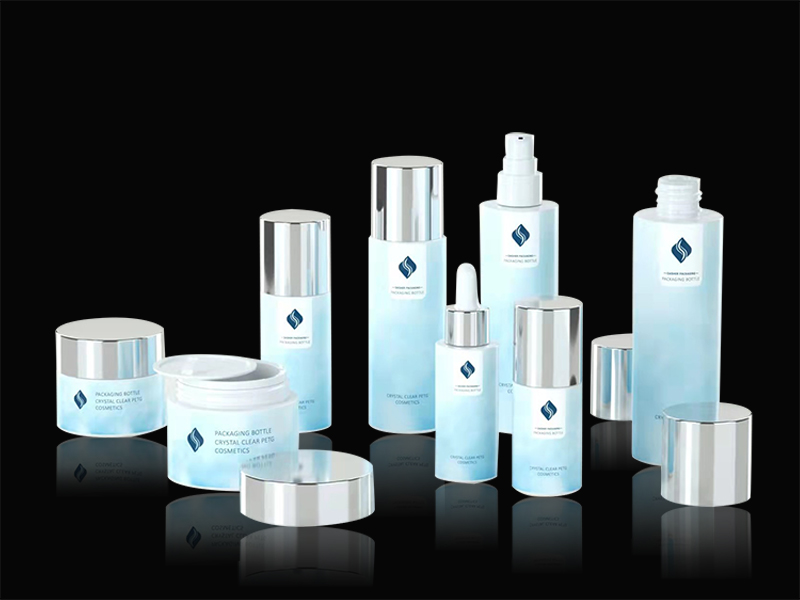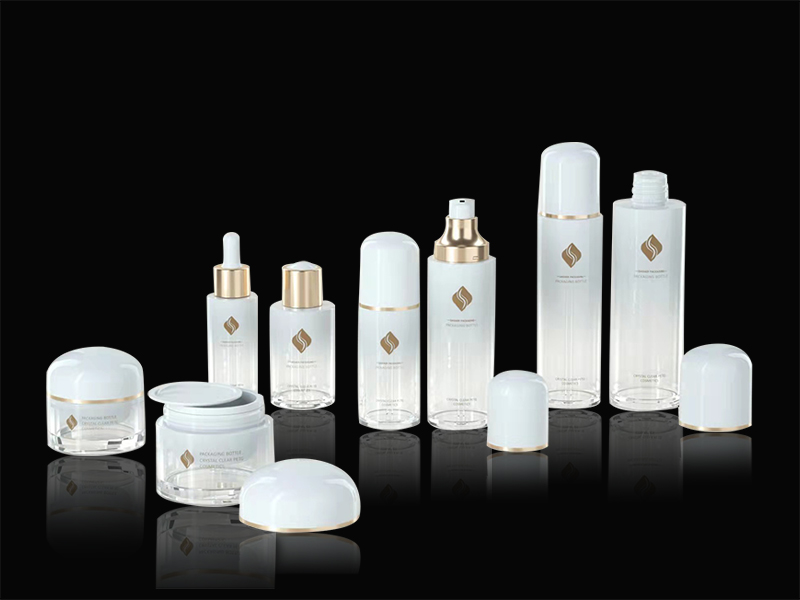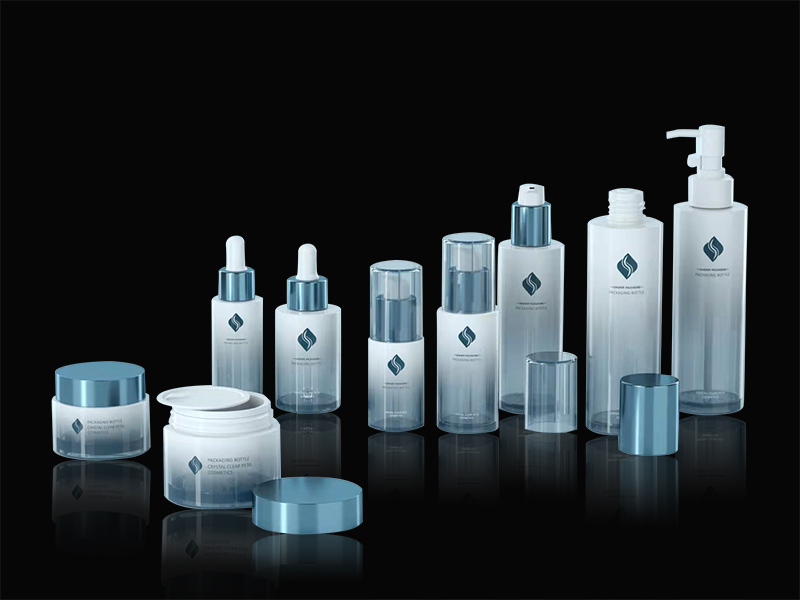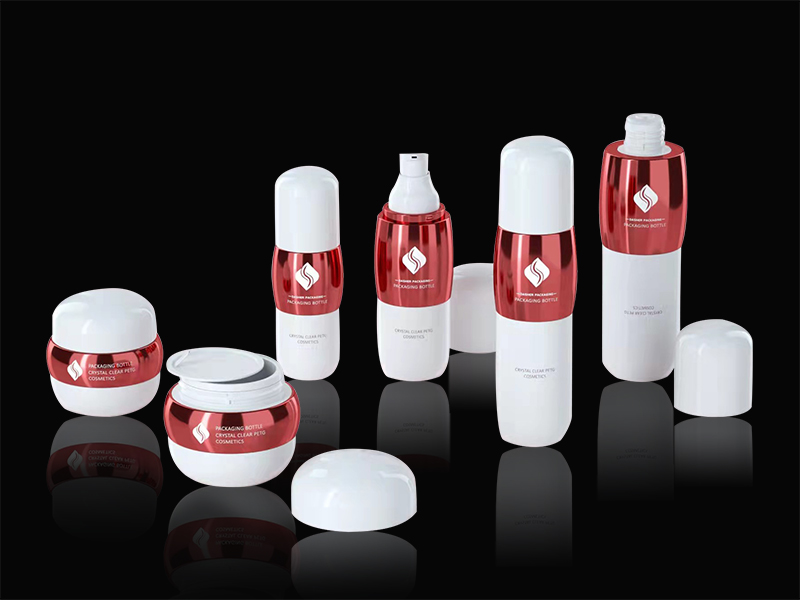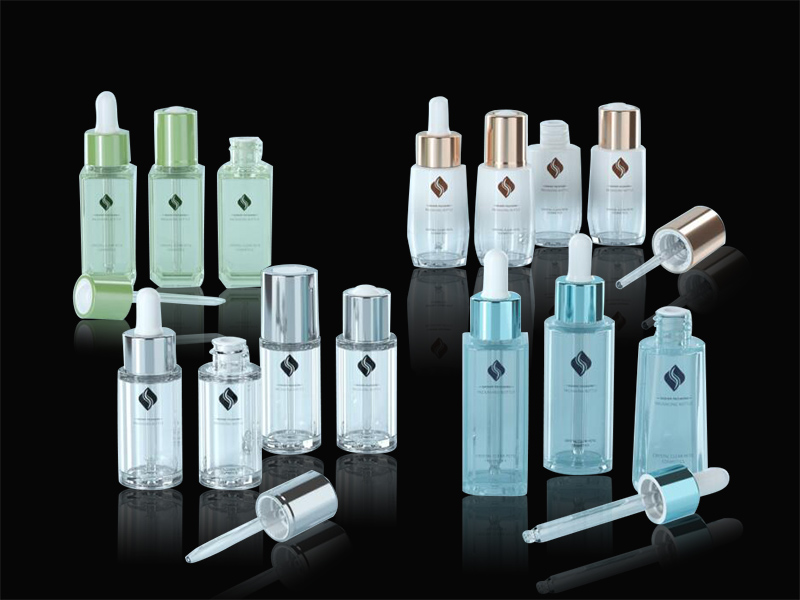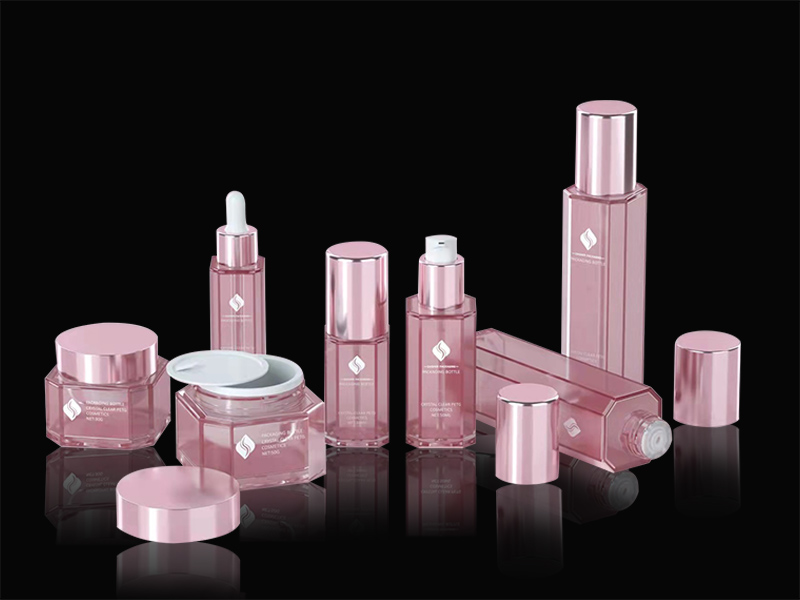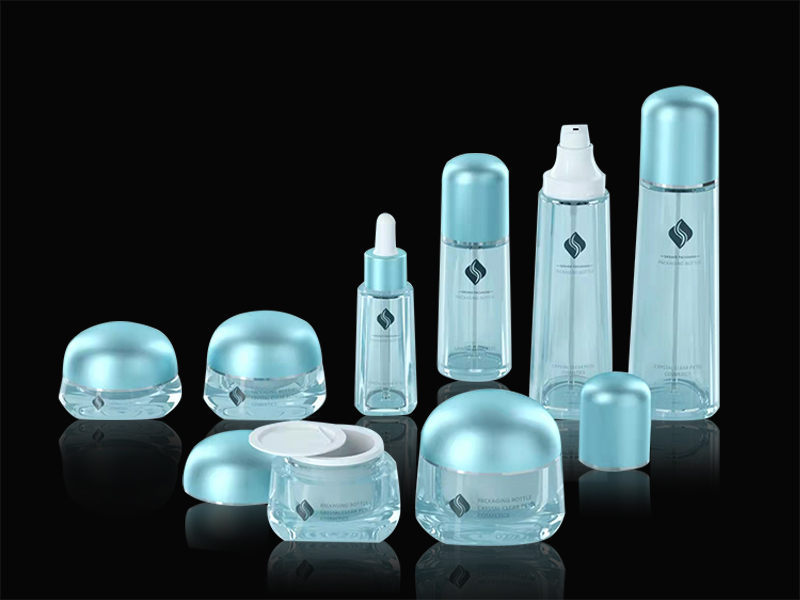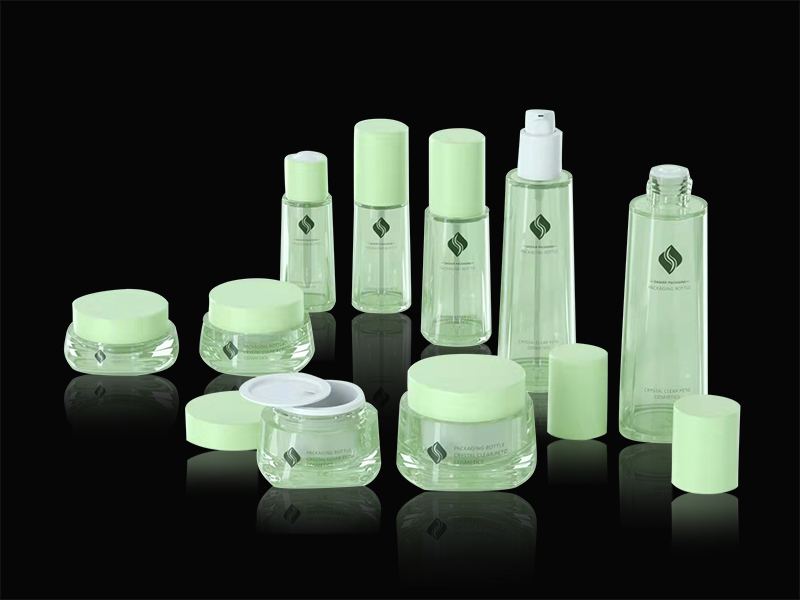Performance characteristics
characteristic
1, with crystal-like transparency, light transmittance of more than 92%, soft light, clear vision, acrylic dyed with dye has a good color effect.
2. Acrylic sheet has excellent weather resistance, high surface hardness and surface gloss, and good high temperature performance.
3, acrylic sheet has good processing properties, both thermoforming and mechanical processing.
4, transparent acrylic sheet has a light transmittance comparable to glass, but the density is only half of the glass. In addition, it is not as fragile as glass, and even if it is destroyed, it does not form sharp fragments like glass.
5, Acrylic sheet wear resistance is close to aluminum, good stability, resistant to a variety of chemical corrosion.
6, acrylic sheet has good printability and sprayability, using appropriate printing and spraying process, can give acrylic glass products the ideal surface decoration effect.
7. Flame resistance: It is not self-igniting but it is flammable and does not have self-extinguishing properties.
Characteristics
1, hardness
Hardness is one of the parameters that best reflects the production process and technology of the acrylic sheet, and is an important part of quality control. The hardness can reflect the purity of the raw material PMMA, the weather resistance of the sheet, and the high temperature resistance. The hardness directly affects whether the sheet will shrink and bend, and whether the surface will be cracked during processing. Hardness is one of the hard and good indicators for judging the quality of acrylic sheets. The average Damoc hardness value is about 8 or 9 degrees.
2, thickness (acrylic tolerance)
Acrylic sheet thickness has acrylic tolerances, so the control of acrylic tolerance is an important manifestation of quality management and production technology. Acrylic production has an international standard ISO7823
Tolerance requirements for castable plates: tolerance = ± (0.4 + 0.1 x thickness)
Tolerance requirements for extruded plates: Tolerance = < 3 mm Thickness: ± 10 % > 3 mm Thickness: ± 5 %
3, transparency / whiteness
Strict raw material selection, advanced formula follow-up and modern production processes ensure excellent transparency and whiteness. After the flame is polished, it is crystal clear.

